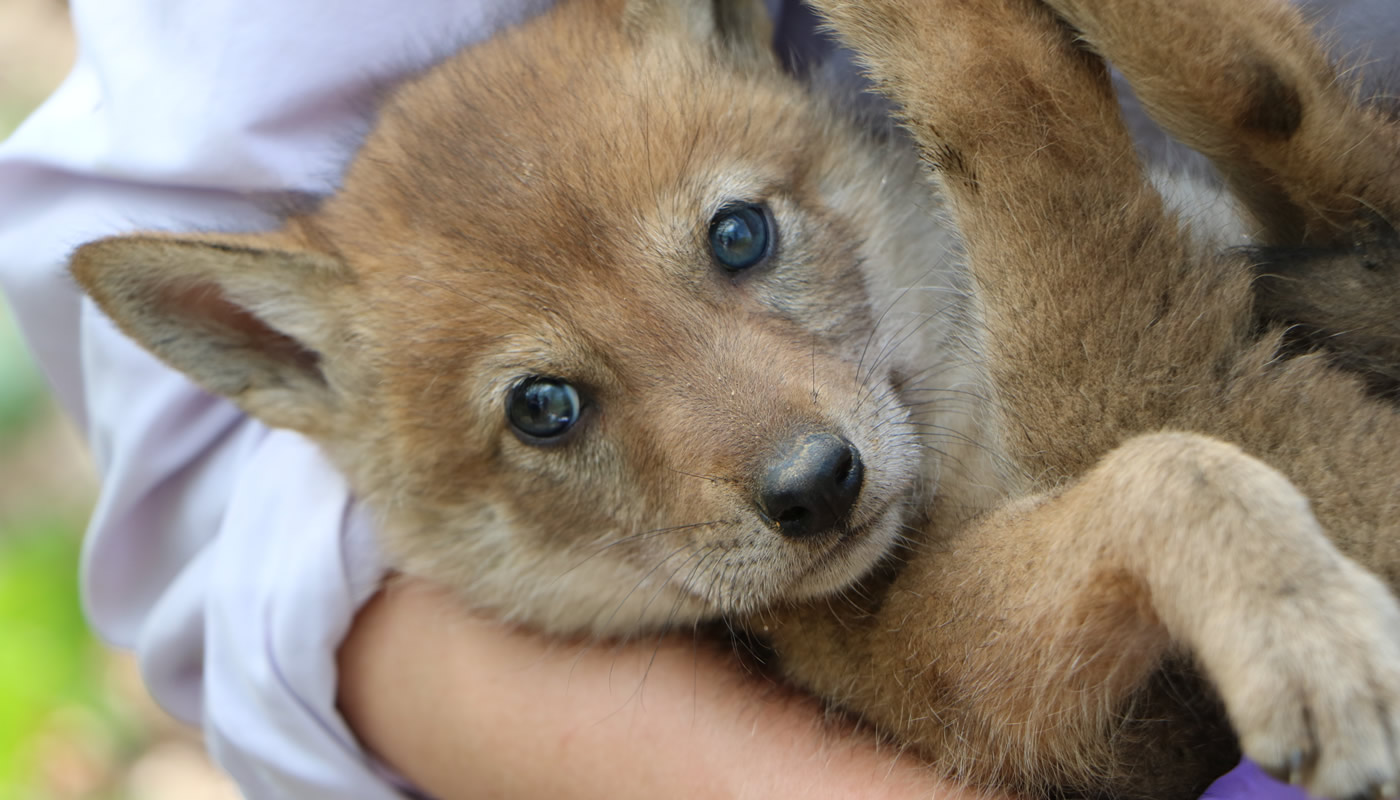The Forest Preserves of Cook County boast nearly 70,000 acres of wild and wonderful, and are home to thousands of species of plants and animals. The diverse natural systems found throughout the forest preserves — including savannas, prairies, woodlands and wetlands — serve as biological field stations for important scientific research.
One of the ways the Forest Preserves works to understand our natural landscapes is through the work of the Resource Management Department’s Wildlife Management Division. Biologists work year round to monitor and study the presence or absence of animals and insects, and how that information relates to the health of a particular species or ecosystem.
“One of the biggest challenges our natural habitats face in Cook County is that we’re in a constantly growing urban environment. As more development occurs, we are losing the native landscapes as well the potential to understand what has historically been present and thriving in our area,” explains Chris Anchor, senior wildlife biologist.
For more than 25 years, Forest Preserves’ wildlife biologists have been at the forefront of the study of urban wildlife, especially those carrying zoonotic diseases (diseases transmitted from animals to humans). Since 1988, the Forest Preserves’ Wildlife Management Division has collected wildlife blood samples, making us one of the oldest and largest contributors of data on zoonotic diseases to the US Department of Human Health’s Centers for Disease Control.
Forest Preserves’ wildlife biologists also study land management practices to identify the most effective ways to conserve and restore biodiversity. They research the behavior of urban wildlife such as white-tailed deer, bats, coyotes as well as otters and badgers to better understand their place in the urban landscape.
“Most urban wildlife behave completely different than animals in a rural environment. There are many questions we do not understand about the ecology and natural history of local animals like otters that we’re hoping to answer through our continued research,” explains Anchor.
The Forest Preserves’ Wildlife Management Division collaborates with local, regional, and national research institutions and conservation organizations to conduct scientific research, including Centers For Disease Control and Prevention, Illinois Department of Natural Resources, Illinois Department of Public Health, Shedd Aquarium, USDI National Park Service, Max McGraw Wildlife Foundation, Chicago Botanic Garden, Chicago Zoological Society, and many more. Additionally, the Wildlife Management Division partners with several universities to provide hands-on experience to college students.
Are you interested in learning more about wildlife in Cook County? Plan a visit to a nearby Nature Center.

